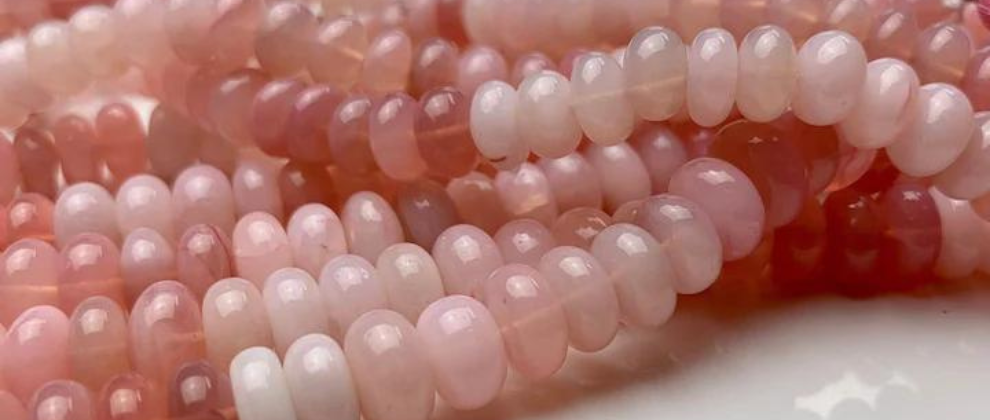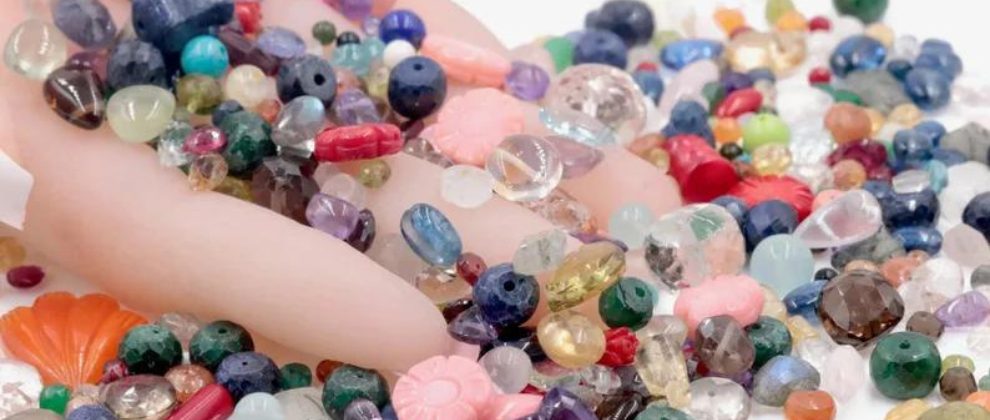
The Opal - Ethereal Beauty flashed in a spectrum of colors
Turn an opal in your hands and it will flash a symphony of breathtaking colors and patterns making it a distinguished gemstone rarer than rubies, emeralds and diamonds! The opal is one of the most beautiful and popular gemstones, rare, precious and ethereally beautiful.
The origin of the color flashes of the Opal:Opals have the remarkable ability to flash iridescent colors in multiple directions simultaneously creating a stunning pattern unlike any other gemstone. The intense play of color is unique to every stone making them your personal style statement. The color flashes in the opal are due to refraction of light through the lattice of tiny spheres of silica inside the stone. It is these intense eye-catching colors flashed by the stone that making it a must-have for your jewelry collection.
Know before you Own – Opal Buying Guide:The opal is a valuable gemstone. Before making an opal your own, you must know about the gemstone, so here are valuable guidelines to help you make the best decision before buying an Opal:
Types of Opals: There is a huge variety of opals that are unique in appearance with a vast range of colors and patterns. Opals can be Natural or Modified & Man-made.
Natural Opals Include:Matrix Opal: Coming in brilliant colors, these have ironstone at the back giving a distinct strong background to the opal. Black Opal: Rare, expensive and unique, these have a dark body tone with an impressive pattern of colors. White Opal: Commonly found, these opals with a white milky body tone still look stunning despite not tending to reflect color. Crystal Opals: Having transparent or semi-transparent looks, these gemstones look amazing with good color tone. Modified & Man-made Opals include Opal Doublets that have a solid opal glued to an ironstone backing; Opal Triplets that are doublets covered with glass and Synthetic opals that are man-made creations that look glossier than naturally occurring opals with an organized color pattern.
Get the right worth by knowing the Value: There are several factors that help to decide an Opals worth and knowing about them ensures that the opal that you are buying is worth the price. So, here’s a helpful guide to know the value of the Opal you wish to own.
• Play of Colors across the Opal –:An expensive Opal will have more play of colors across the body of the stone with no or fewer dead zones or areas without flash of colors. The explosive flash of colors can be seen from multiple angles making a distinct pattern such as ribbons, rainbow or other variations. Perfectly uniform patterns throughout the stone increase its value. Opals with impressive play of colors in the center are more valuable than the ones where it is off centered or on the sides.
• Color reflected by the Opal - : Colors reflected by the opals are a deciding factor for value with red being rarest and expensive followed by orange, yellow, green and blue.
• Brilliance -: Depending on the brightness of the colors flashing inside the opal, they can be graded from dull to bright
• Clarity of the Opal – : Inclusions, faults or cracks affect the appearance of the opal stones. Natural inclusions include sand, chips, healed fractures, non-opal spots or fine strands of sandstone. Fine black patch webbing that occurs between the zones of color does not affect the appearance and in-turn the value of the stone but in a light colored stone, it can reduce the beauty and affect value. Fractures also reduce the worth of opals considerably. Sand or clay marks from the host rock also decrease value. Crazing that causes opals to crack internally also decreases its value. Any surface scratches also decrease the opal’s worth.
• Cut, Size & Shape of the Opal – :Ideally, an evenly proportionate high dome cut is considered the best for an opal but very few opals allow this sort of shape. Good quality polish compliments the cut of an opal and hence is a must. Uneven cut, excessive thickness or very thin shape lower the value of an opal. Standard shapes are preferred especially in lower grade stones, however high-end opals are cut in free form to give distinctive shape and preserve weight increasing their value. Size also affects value and midsize stones are highly valued instead of very large stones. Opals between 5 -10 carats offer higher value.
• Face of the Opal – : Opals are graded as per their face-up value since most opals are cut to give a front and back. The back usually has inclusions or may be unpolished and is not considered while grading. Most opals are viewed against a dark background for best display of color flash, so it is their face-up value that is used for grading.
• Important Factor- :It is important to know when the opal has been cut. A freshly mined opal is not stable and needs 3 years to dry. Any opal that has not yet dried completely may become foggy after few months and loose its transparency or change color. Ask your vendor to provide the date for your opal stone.
Opals are one of the most sought after stones. With a stunning flash of colors in a unique pattern, every opal stone has a distinct story to tell full of enthralling beauty and visual interest. If you are looking to add a touch of opulence to your jewelry collection, consider embracing the opal. For authentic stones that match your taste and style, you can contact us at www.gemsocean.com.
Gems ocean offers natural, 100% genuine gemstones coming with our promise of authenticity and trust. Supervised by an RJC certified company, we follow responsible business practices and ensure excellence in every sphere of our work including offering the best services to our valued customers. With 5 decades of experience in the field, we have carved a niche for ourselves through our precise and artistic skills. Contact us today with your needs or ideas and we will help you turn them into reality with beauty you will always cherish!


